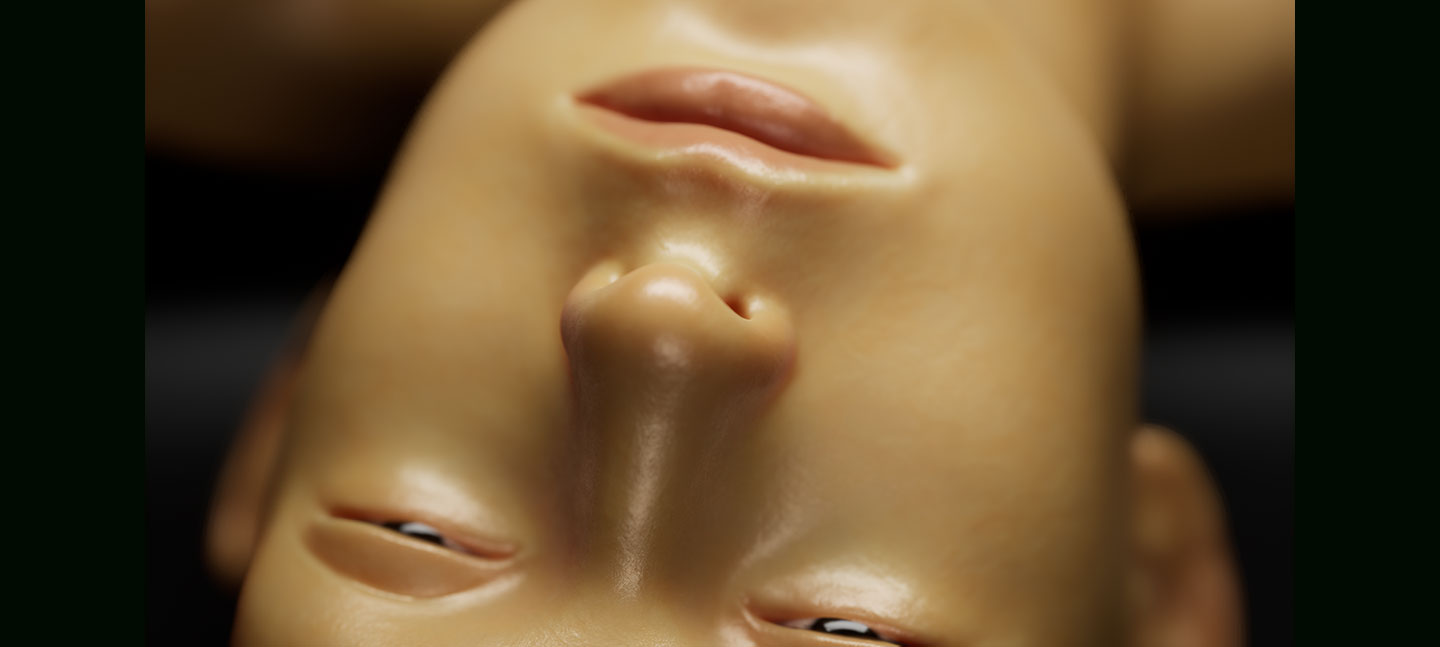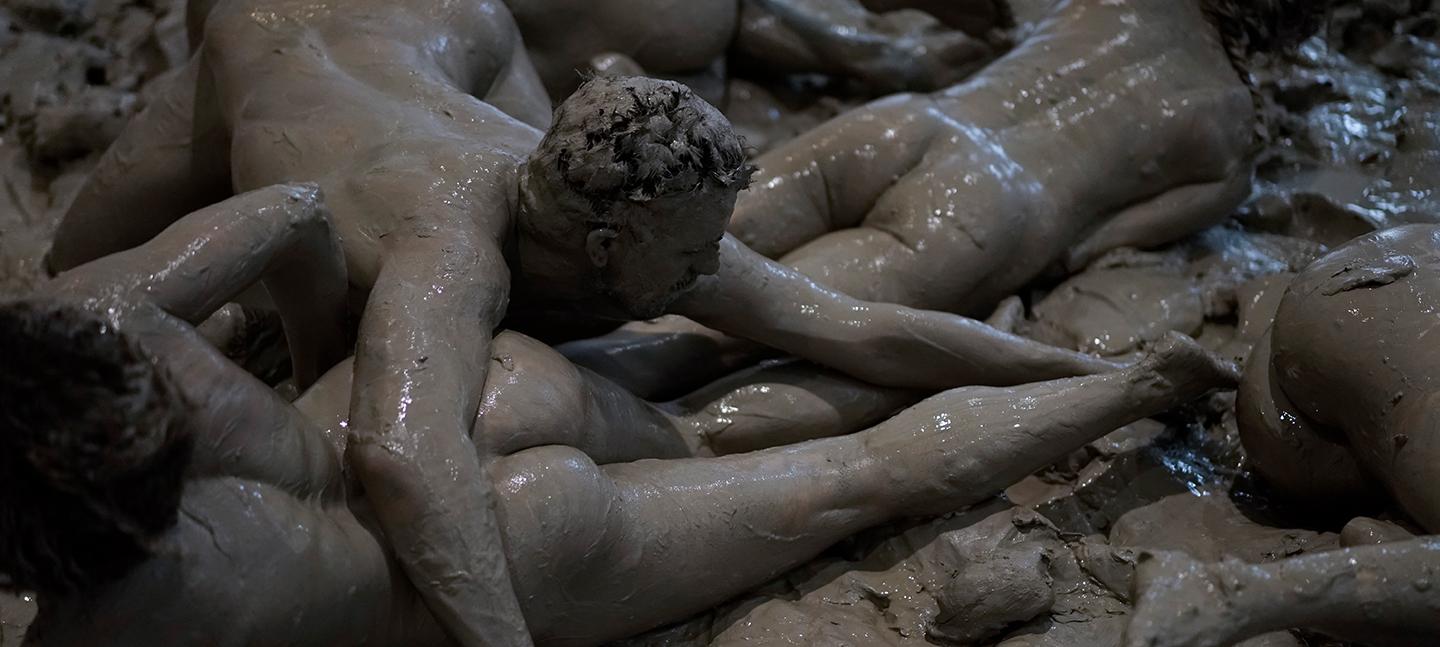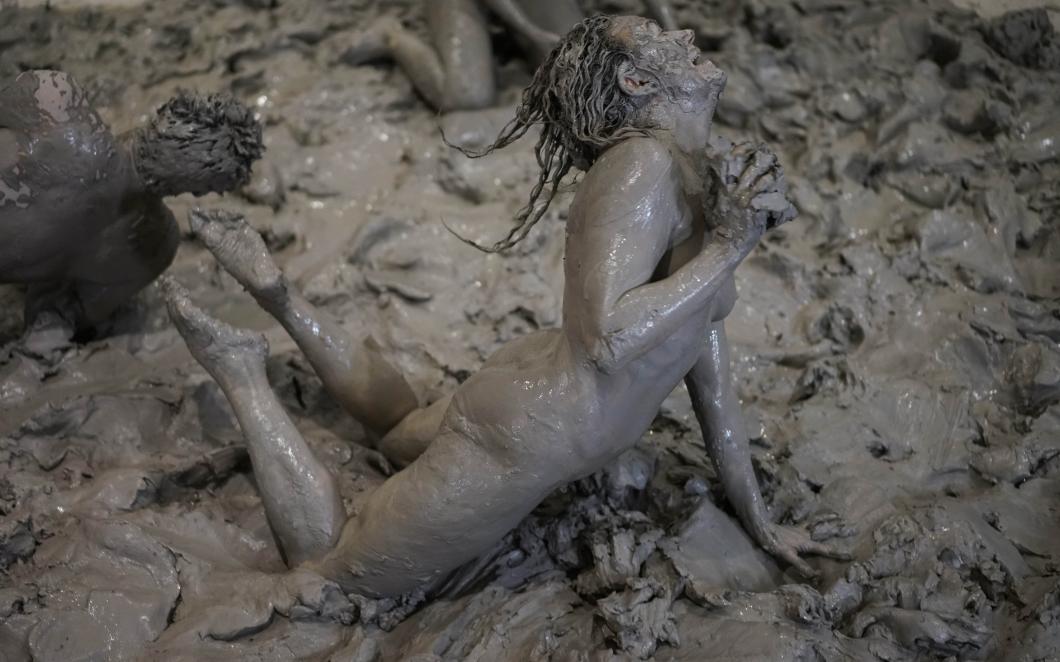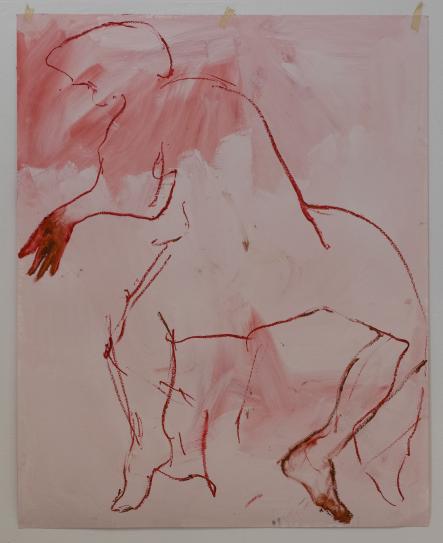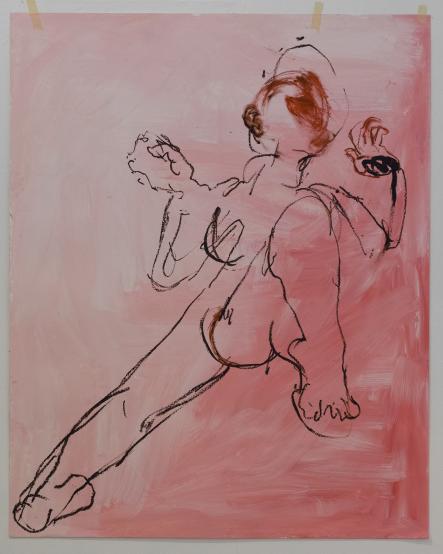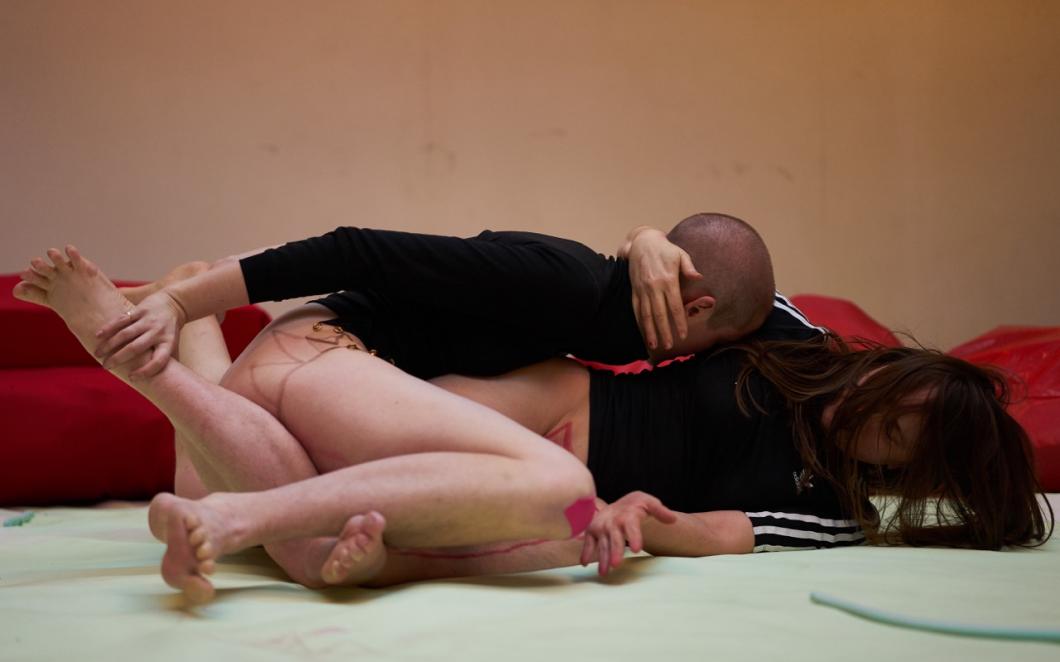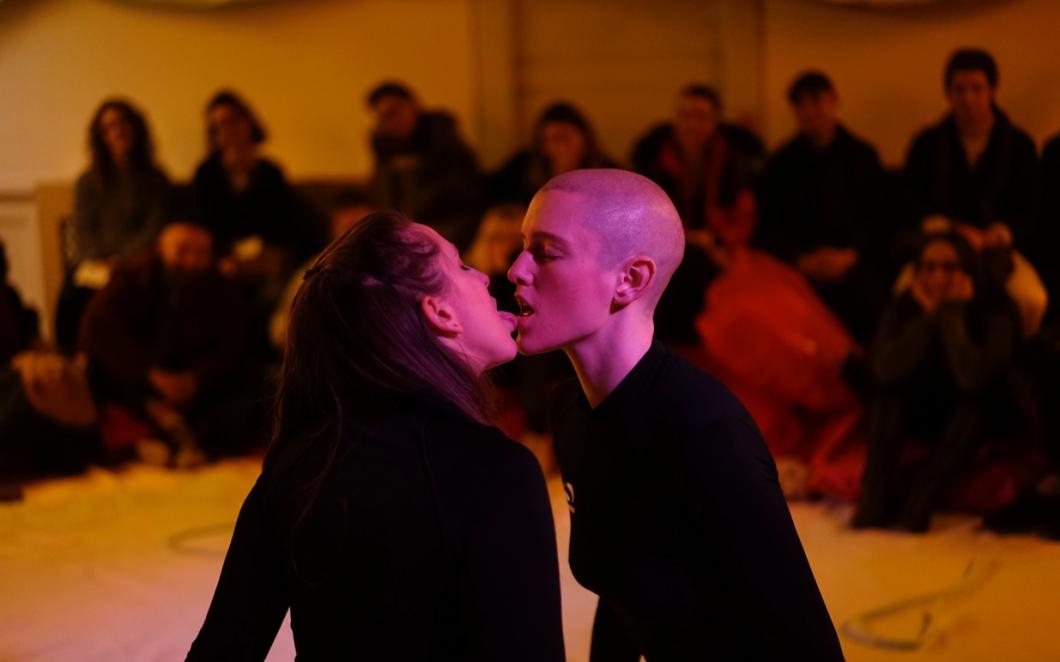
A new blog series exploring the practice of Somerset House Studios artists, starting with Florence Peake whose recent dance works consider the body as protest. Whilst resident at Somerset House Studios, she has developed RITE, inspired by Stravinsky’s Rite of Spring, and Slug Horizons, a piece exploring queer intimacy.
Pottery is, for the most part, practical. It has been made the world over for millenia: from the wide mouthed, combed surfaces of Jeulmun-era vessels in Korea to Ancient Rome’s glossy, umber fine wares. Earthenware was for most of time the primary means of cooking, storing, and serving food and drink. Perhaps because of this utilitarian idea, it also has a contemporary reputation as a polite art, and therefore, as Grayson Perry has frequently said, a deeply unfashionable one. But there is a sensual history to working with clay, too. Venus figurines — those fantastically bulbous, exaggerated objects — are thought by many historians to have served as fertility aids. Pottery then is also about the body: clay is kneaded, pots are pinched, and the necks of vases are elongated on the wheel. Potters talk about ‘the body of clay’.



